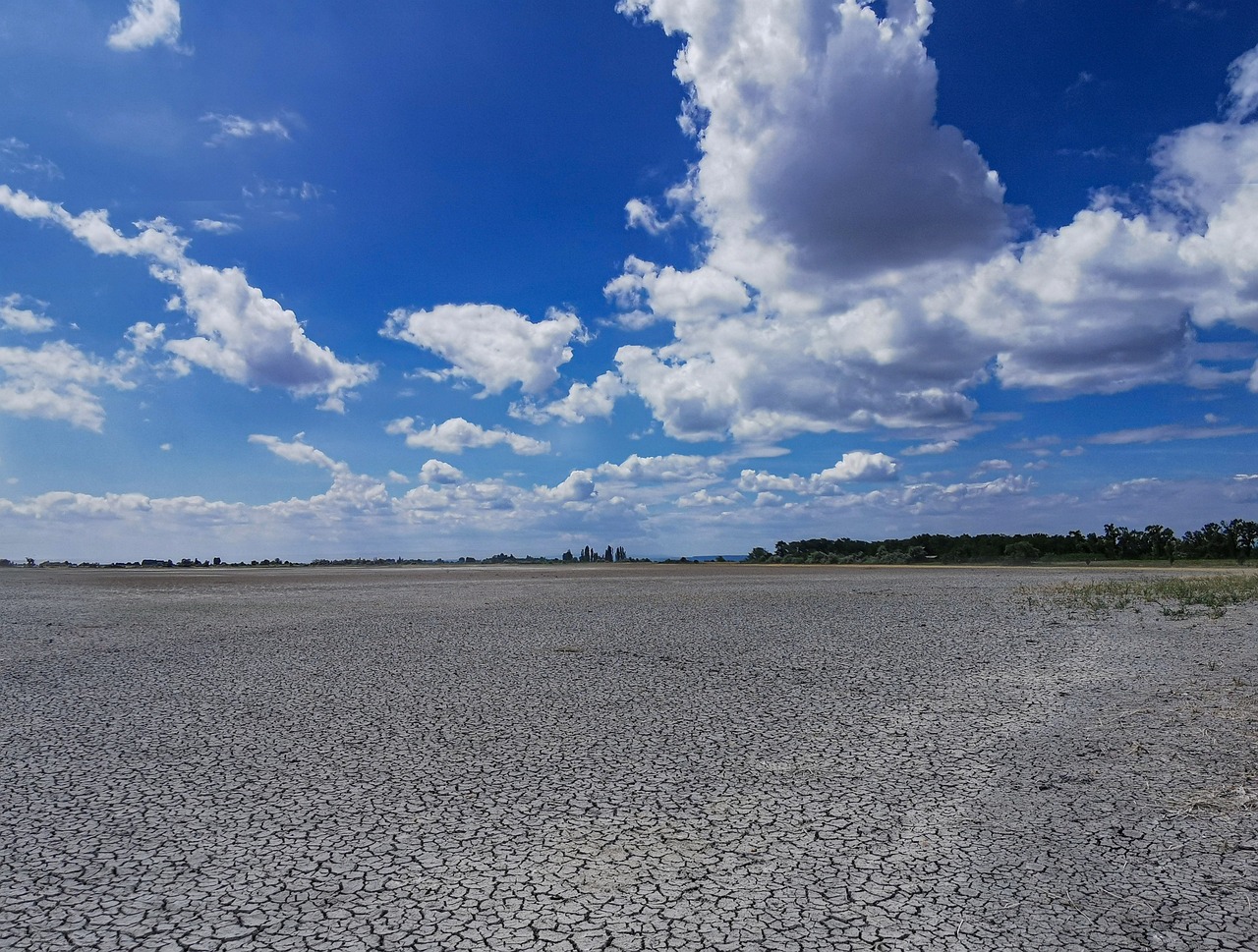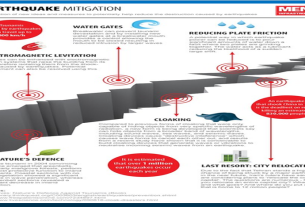As of the latest update from the U.S. Drought Monitor, more than half of the contiguous United States continues to experience varying levels of drought, with many regions facing critical water shortages and environmental stress. However, there are signs of improvement in some areas, where recent weather patterns and efforts to address the crisis have resulted in slight relief for communities struggling with the persistent dry conditions.
Drought Affects Over Half of the U.S.
According to the report, approximately 54% of the contiguous U.S. remains under drought conditions, with parts of the West, Midwest, and Great Plains continuing to experience severe drought. This ongoing drought has had far-reaching impacts on agriculture, water supplies, and ecosystems, leading to crop failures, wildfires, and declining water levels in rivers and reservoirs.
The Western U.S. continues to be one of the hardest-hit regions, with states like California, Arizona, and Nevada facing persistent drought that has deepened over the past few years. As the region remains in a state of emergency, many communities are also dealing with the long-term effects of water shortages, affecting everything from agriculture to urban water usage.
Signs of Improvement in Some Regions
While much of the country is still dealing with the effects of drought, there are areas where conditions have marginally improved due to recent weather patterns. These improvements, however, are often localized and not enough to fully resolve the ongoing crisis.
- Northeast and Upper Midwest: Some parts of the Northeast, including areas like New York and Pennsylvania, have seen an easing of drought conditions following heavy rainfall over the past few months. Similarly, parts of the Upper Midwest, including Michigan and Wisconsin, have experienced improved soil moisture levels, reducing the stress on agriculture and increasing water availability.
- Pacific Northwest: In the Pacific Northwest, particularly Washington and Oregon, increased precipitation this winter has slightly alleviated drought conditions, although the region still faces challenges related to low snowpack levels and water storage in reservoirs.
- Texas: Some parts of Texas, especially in the Central and Eastern areas, have also seen improvements in drought severity, thanks to recent rainfall. However, the West Texas region continues to struggle with extreme drought.
The Broader Impact of Drought
The ongoing drought has far-reaching effects on several key sectors of the U.S. economy and the environment:
- Agriculture: Crop yields have been significantly affected, with farmers in drought-stricken areas facing reduced irrigation options. This has led to lower harvests, increased prices, and a potential food supply disruption, particularly for crops like corn, soybeans, and wheat.
- Water Supply: Drought has led to declining water levels in major reservoirs, such as Lake Mead and Lake Powell in the West. These reservoirs are crucial for water supply to millions of people in states like Arizona, Nevada, and California, and their decreasing water levels have raised concerns about long-term availability.
- Wildfires: The dry conditions have also contributed to an increase in wildfires across the West. The lack of rain and high temperatures create perfect conditions for fires to spread quickly, threatening homes, wildlife, and infrastructure.
- Ecosystems: Ecosystems that depend on regular rainfall and healthy water sources are under significant stress. Rivers, wetlands, and forests are suffering as water availability decreases, affecting plant and animal species and reducing biodiversity.
Looking Ahead: Addressing Drought in the U.S.
The persistence of drought in large parts of the U.S. is a reminder of the need for long-term strategies to address climate change, water conservation, and sustainable management of water resources. Experts stress the importance of investing in water infrastructure, promoting efficient irrigation systems for agriculture, and adopting conservation measures at all levels of government and industry.
As climate models predict that droughts may become more frequent and severe due to global warming, the U.S. will need to focus on both mitigation and adaptation strategies to ensure that communities and industries can cope with changing conditions. This includes investing in desalination technologies, enhancing water recycling systems, and encouraging policy changes that incentivize water conservation and better land management.
Conclusion
While more than half of the contiguous U.S. continues to grapple with drought, there are signs of improvement in some areas, particularly in the Northeast, Upper Midwest, and Pacific Northwest. However, the broader challenges posed by drought—particularly in the West—remain critical, affecting everything from agriculture to wildfires and water supply. Continued efforts to manage water resources effectively, along with addressing the underlying factors contributing to the crisis, will be essential in mitigating the impacts of drought in the future.
References:



